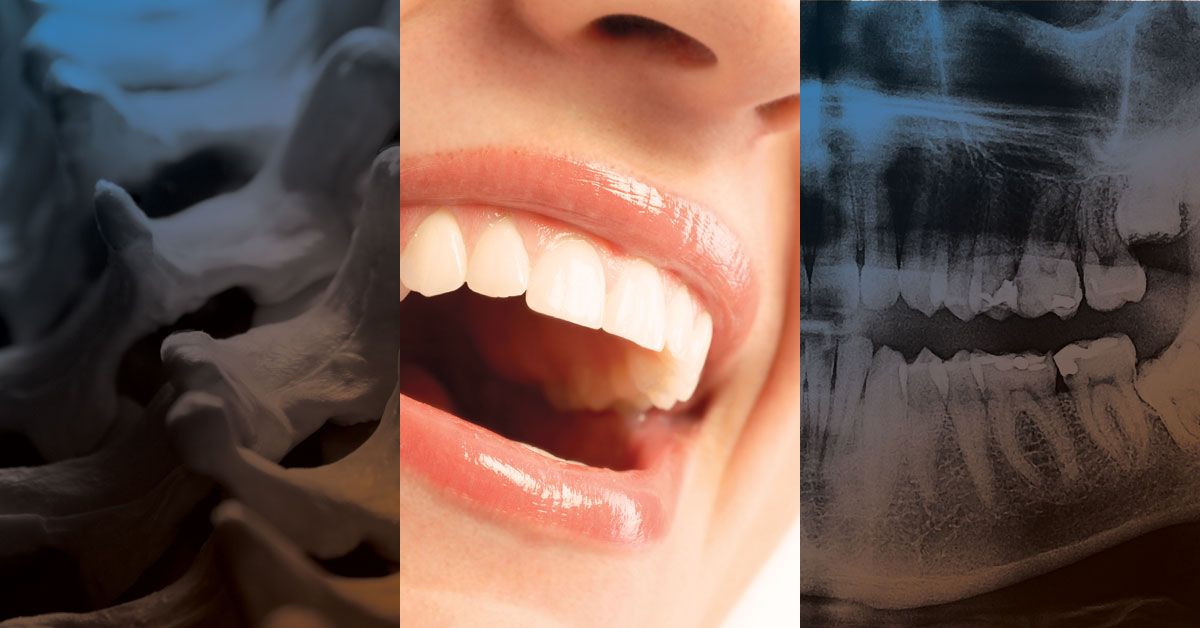Bone grafting is a tried and true procedure that has been perfected for more than 300 years. The first ever recorded bone grafting procedure was performed by Dr. Jacob van Meekeren in 1668. The advent of bone grafting was reliant on the invention of the contemporary microscope by Galileo Galilei (an invention created in 1609), as well as the discovery of the circulation of blood through capillaries in the body by William Harvey (a 1615 discovery). After these discoveries, Dr. van Meekeren, a Dutchman, formulated a plan to apply a bone graft.

The History of Bone Grafting
Dr. van Meekeren’s Procedure
Dr. van Meekeren performed a bone graft on a soldier who had incurred a head injury. The injury exposed patient’s damaged skull, and Dr. van Meekeren chose to utilize dog bone to cover the exposed skull. The dog bone structure fused to the man’s skull (which is considered a bone graft), and he healed from his injury. Ironically, the soldier was excommunicated from his church since he was considered part dog ever since the surgery! Due to the excommunication, the soldier sought to have the bone graft removed, but the new bone material had already fused to the soldier’s skull. The procedure was irreversible!
Later Developments
Over the following few centuries, bone grafting procedures developed as doctors tried the procedure throughout Europe. Then, in 1821, Dr. Walter, a German doctor, made a major breakthrough in bone grafting procedures. Dr. Walter discovered that bone grafting can be performed with one’s own bone material. This method, known as autografting, offered better results than grafting with foreign bone material. The bone fused faster, and there was a lesser risk of rejection of the graft.
Modern Bone Grafting
It wasn’t until the 1960’s when another major breakthrough in bone grafting occurred. Demineralized bone matrix and bone morphogenetic protein were used by Dr. Marshall Urist to further optimize bone grafting procedures and the availability of bone grafting material. These materials take advantage of the biologically active structures within the bone, thus fusing even faster than former bone grafting procedures.
Since then, bone grafting procedures have been honed and improved, and other materials have been utilized to perform grafts, including ceramic and synthetic materials.
Bone Grafting & Dental Applications
During the 1970’s and 1980’s, oral surgeons began utilizing bone grafting techniques in dental procedures. Today, bone grafting is utilized to strengthen a patient’s jaw to allow for dental implants. Since dental implants rely on the integrity of the jaw to allow for the screw structure at the base of the implant, bone grafting served as an useful procedure to ensure that dental implant patients had jaw structures with sufficient strength.
For the time being, it looks like bone grafting is here to stay. It’s an important procedure for a number of bone breaks and fractures, and it provides us the opportunity to perform dental implant procedures even on patients whose jaws are weakened. If you’re curious about dental implants or bone grafting, or if you’re ready to get a dental implant procedure, don’t hesitate to get in touch with us here at M Dental. We’re your Mississauga source for bone grafting and dental implant procedures!
